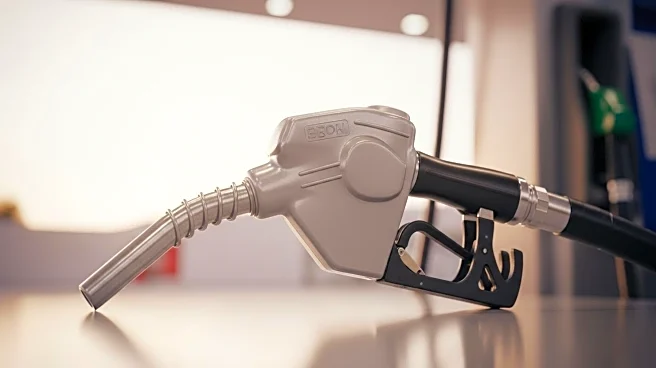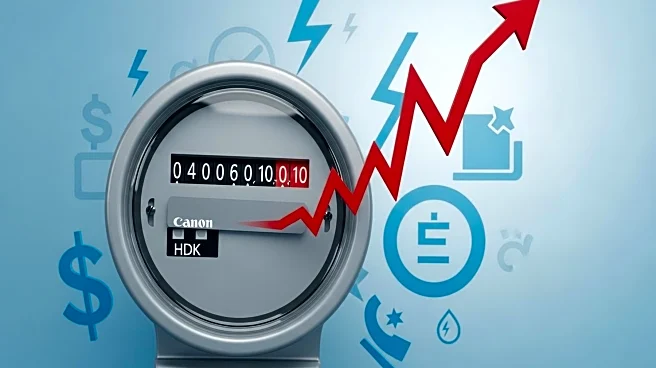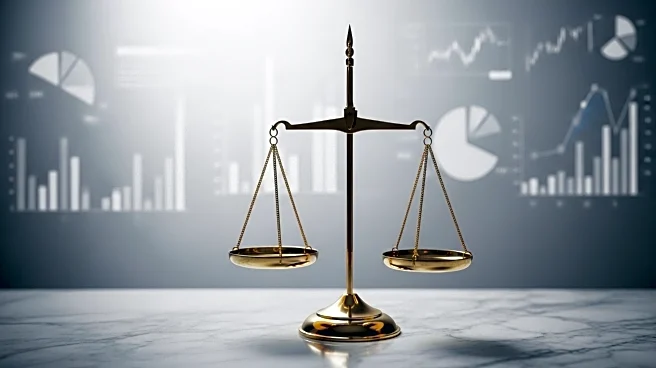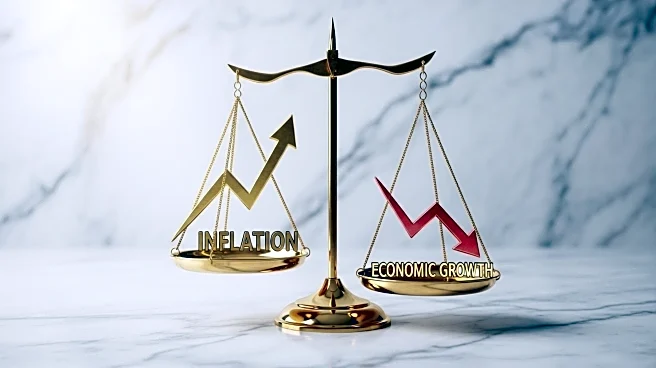What's Happening?
Americans are bracing for an increase in winter heating bills, with costs projected to rise by an average of 7.6% to $976 this season. This increase is driven by higher electricity and natural gas prices, as well as a forecast for a colder winter. The National Energy Assistance Directors Association reports that electricity prices are rising at twice the rate of inflation, largely due to increased demand from AI data centers and the need for grid infrastructure upgrades. More than 100 utility companies have raised or are proposing to raise their rates, affecting millions of customers.
Why It's Important?
The rise in heating costs comes at a time when many Americans are already struggling with higher prices for essentials like groceries and health insurance. The increase in utility bills could exacerbate financial strain for low- and moderate-income households, particularly those relying on electric heat. With federal assistance for utility bills expected to remain flat, there is concern about the ability of vulnerable populations to afford necessary heating. This situation highlights the need for policy interventions and support programs to mitigate the impact of rising energy costs on consumers.
What's Next?
As winter approaches, there may be increased demand for energy assistance programs, such as the Low-Income Home Energy Assistance Program (LIHEAP). States and local organizations are likely to ramp up efforts to connect residents with available resources. Additionally, there may be calls for policy changes to address the underlying factors driving energy price increases, such as infrastructure investment and regulatory reforms. Consumers may also seek ways to reduce energy consumption and improve home efficiency to manage costs.











